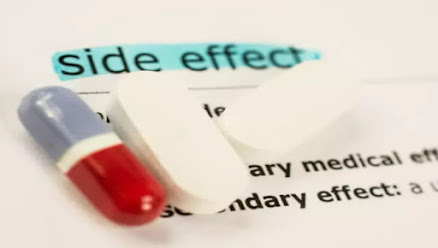Blood glucose levels
The sugars that are ingested with food are transformed by metabolism into glucose. This travels through the bloodstream to reach the cells of different types of tissue, providing the energy they need to function. The clearest example of this process is that of the muscle tissue, which needs this energy to make the effort required by each movement.
When produced with the digestion of food, blood glucose
levels, which are clinically called glycemia, vary throughout the day, ranging
between concentrations of 70 and 145 milligrams per deciliter of blood. In the
morning, they are lower on an empty stomach, rising after each meal
(postprandial glycemia) and falling again two hours later.
It is recommended that blood glucose be measured when you
get up in the morning and before breakfast and it is considered normal if
glucose levels are between 70 and 100 mg / dl on an empty stomach and less than
140 mg / dl two hours later. of each meal.

Blood glucose disturbances
When the insulin metabolism does not work properly, the
cells of the tissues stop assimilating the glucose correctly and it accumulates
in the blood. The alarm should sound when fasting blood glucose levels are
between 100 and 125 mg / dl and after eating between 140 and 199 mg / dl.
These figures determine what is known as a prediabetic
state, in which diabetes mellitus or type 2 has not yet established but is the
prelude to the disease. In these cases, lifestyle changes (losing some weight,
eating a balanced diet and exercising daily) may be enough to control the
situation and delay or even prevent the development of diabetes.
Diabetes is referred to when blood glucose is above 126 mg /
dl fasting and 200 mg / dl two hours after meals. Above these figures, if
proper treatment is not received, what is called a diabetic coma can occur at
any time.
How to measure blood glucose
In healthy people, the measurement of blood glucose is
usually included in any blood or urine test, especially when it comes to obese
people, over 50 years of age or in those who have been diagnosed with high
blood pressure or hypercholesterolemia. In both cases, blood and urine samples
must be obtained fasting.
In the case of people already diagnosed with diabetes, they
should proceed every morning upon rising and before breakfast to measure blood
glucose levels. To do this, they must use a glucometer, which is a device in
which a test strip impregnated with a drop of blood is inserted that is
obtained by a small prick on a finger. It provides the result in just a few
seconds.
Other tests, such as oral glucose tolerance or glycated
hemoglobin, are reserved for specific cases, such as uncontrolled diabetic
patients or pregnant women at risk of developing gestational diabetes.
CONDITIONS OF USE OF THE SERVICE


